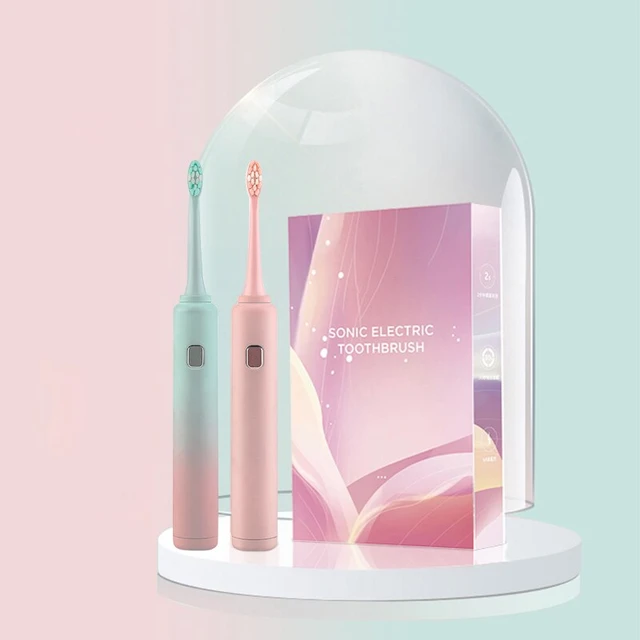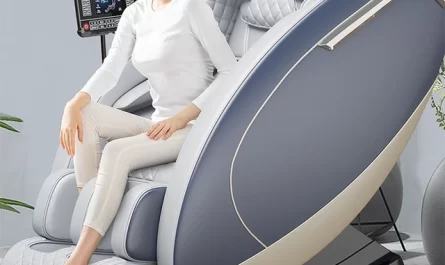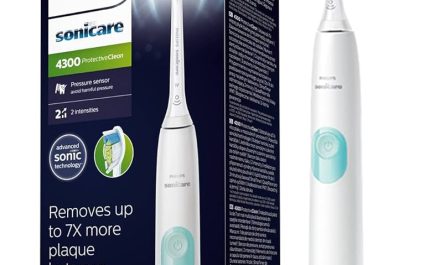Introduction:
Switching from a manual toothbrush to an electric toothbrush can significantly impact your oral hygiene routine. Understanding the differences before and after making the switch, and evaluating the benefits and potential drawbacks, can help you make an informed decision. This comprehensive guide explores the improvements in oral health, user experiences, scientific studies, and professional recommendations regarding the use of electric toothbrushes.

Electric Toothbrush Before and After:
Does It Really Make a Difference?
Understanding the Mechanism of Electric Toothbrushes
Electric toothbrushes use advanced technology to enhance cleaning efficiency.
Oscillating and Rotating Motion: Electric toothbrushes often feature oscillating and rotating brush heads that provide thorough cleaning by covering more surface area and reaching difficult spots. These motions help dislodge plaque and food particles more effectively than manual brushing.
Sonic and Ultrasonic Vibrations: High-end electric toothbrushes use sonic or ultrasonic vibrations to break down plaque and stimulate fluid dynamics in the mouth. These vibrations create powerful cleaning action even in hard-to-reach areas.
Built-In Timers and Pressure Sensors: Many electric toothbrushes include built-in timers to ensure you brush for the recommended two minutes. Pressure sensors prevent over-brushing, protecting gums from damage.
Before Switching to an Electric Toothbrush
Assessing the state of your oral health and tooth-brushing habits before switching gives you a reference point for evaluating improvements.
Plaque and Tartar Buildup: Manually brushing, especially with inadequate technique, may leave plaque and tartar on teeth surfaces. Plaque can lead to gum disease and tooth decay if not effectively removed.
Gum Health: Gum bleeding and inflammation are common concerns with improper manual brushing. Over-brushing or using excessive pressure can damage gums, causing discomfort and long-term issues.
Staining and Discoloration: Surface stains from food, drinks, and lifestyle habits like smoking can accumulate over time, causing discoloration that makes your smile less bright.
User Convenience and Experience: Manual brushing requires consistent technique and effort. Users often experience fatigue and may miss spots, impacting overall oral hygiene effectiveness.
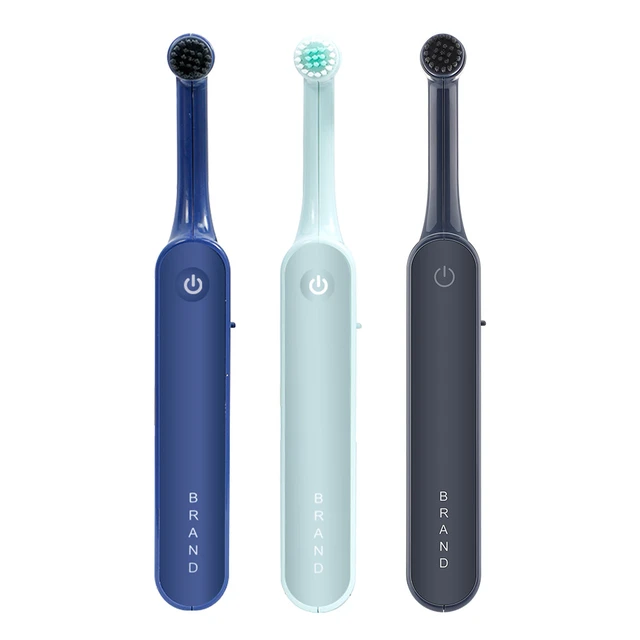
After Switching to an Electric Toothbrush
Electric toothbrushes bring noticeable improvements in various aspects of oral health and user experience.
Enhanced Plaque Removal: Electric toothbrushes’ oscillating, rotating, and vibrating actions remove plaque more effectively than manual brushing. This thorough cleaning helps prevent tartar buildup, reducing the risk of cavities and gum disease.
Improved Gum Health: Built-in pressure sensors protect gums by alerting users when they apply excessive pressure. Consistent, gentle brushing with electric toothbrushes helps reduce gum inflammation and bleeding.
Whiter and Brighter Teeth: Electric toothbrushes are better at removing surface stains, leading to whiter and brighter teeth. Some models offer specialized whitening modes to enhance the effect further.
Convenience and Ease of Use: Users find electric toothbrushes easier to use, as the automatic motions require less manual effort. The built-in timers ensure optimal brushing duration without guesswork.
User Insights and Experiences
Real-life experiences from users who switched to electric toothbrushes provide valuable insights and practical tips.
Positive Feedback on Oral Health: Many users report significant improvements in oral health after switching to electric toothbrushes. Reduced plaque, healthier gums, and whiter teeth are common benefits highlighted by users.
Ease of Use and Consistency: Users appreciate the convenience and consistency provided by electric toothbrushes. The automatic motions and built-in timers simplify the brushing process, ensuring thorough cleaning without fatigue.
Challenges and Adaptation: Some users initially find electric toothbrushes’ vibrations and movements unfamiliar. Gradual adaptation and following manufacturer instructions help enhance comfort and effectiveness.
Professional Recommendations: Users value the recommendations from dental professionals who often endorse electric toothbrushes for their superior cleaning capabilities and long-term oral health benefits.
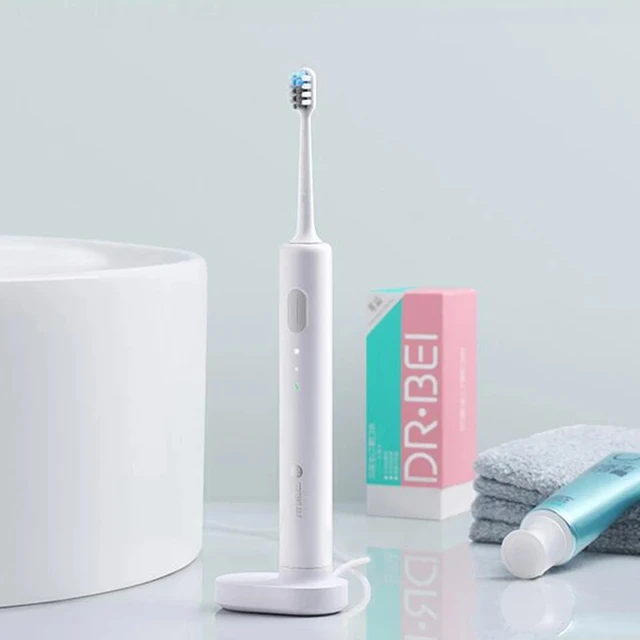
Scientific Studies and Evidence
Scientific research supports the efficacy of electric toothbrushes in improving oral health.
Plaque and Gingivitis Reduction: Studies published in journals like the Journal of Clinical Periodontology have shown that electric toothbrushes are more effective at reducing plaque and gingivitis than manual toothbrushes. The oscillating-rotating design, in particular, has demonstrated superior performance.
Longevity of Dental Health: Research indicates that long-term use of electric toothbrushes can lead to sustained improvements in dental health. Users experience fewer incidences of dental caries, periodontal disease, and tooth loss over time.
Cochrane Review: A comprehensive meta-analysis by the Cochrane Collaboration reviewed multiple studies and concluded that electric toothbrushes reduce more plaque and gingivitis than manual brushing. This review provides strong evidence for electric toothbrushes’ effectiveness.
Tips for Maximizing Benefits with an Electric Toothbrush
Implementing best practices ensures you get the most out of your electric toothbrush, maximizing its benefits.
Select the Right Brush Head: Choose a brush head compatible with your toothbrush model and designed for your specific needs (e.g., sensitive teeth, whitening, orthodontic appliances). Regularly replace brush heads every three months or sooner if bristles are frayed.
Use Appropriate Brushing Modes: Utilize the various brushing modes offered by your electric toothbrush to address specific concerns. For instance, use gentle modes for sensitive areas and whitening modes for surface stain removal.
Focus on Technique: Hold the brush head at a 45-degree angle to the gum line and move it slowly across the teeth. Allow the electric toothbrush to perform the cleaning action without applying excessive pressure.
Maintain Regular Cleaning Routine: Brush twice daily and incorporate flossing and mouthwash into your oral care routine. Regular dental check-ups complement the benefits offered by daily electric brushing.
Daily Maintenance and Care
Proper care and maintenance of your electric toothbrush enhance its performance and longevity.
Regular Cleaning: Rinse the brush head and handle thoroughly after each use to remove toothpaste residue. Periodically remove the brush head and clean the junction area to prevent buildup.
Battery Maintenance: For rechargeable models, follow the manufacturer’s instructions for charging and battery care. Avoid overcharging to maintain battery life and performance.
Storage: Store the toothbrush upright and allow it to air dry. Use protective covers or cases for travel to prevent damage and contamination.
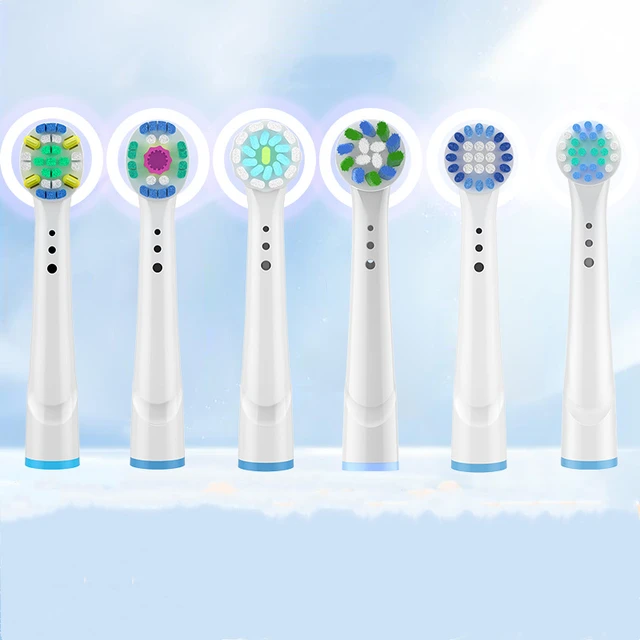
Considering Environmental and Health Aspects
Environmental and health considerations also influence the choice between manual and electric toothbrushes.
Environmental Impact: Electric toothbrushes generate electronic waste and require regular disposal of brush heads. Opt for models with recyclable components and responsible disposal practices.
Health Benefits: The improved cleaning efficiency of electric toothbrushes contributes to better oral health outcomes, reducing the need for dental treatments and associated environmental impacts.
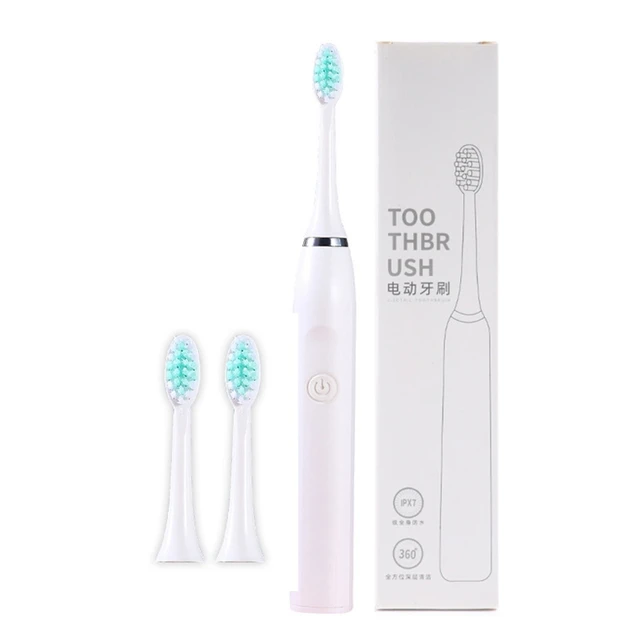
Professional Recommendations and Guidance
Dental professionals provide valuable insights and recommendations for maximizing the benefits of electric toothbrushes.
Routine Check-Ups: Regular dental check-ups allow professionals to monitor your oral health and provide tailored advice based on your brushing habits and needs.
Personalized Recommendations: Dentists can recommend specific electric toothbrush models and features suited to your oral health conditions, ensuring you choose the most effective option.
Conclusion
The transition from a manual to an electric toothbrush brings significant improvements in oral health, including enhanced plaque removal, better gum health, and whiter teeth. User experiences, scientific studies, and professional recommendations support the efficacy of electric toothbrushes. By implementing best practices, maintaining your toothbrush, and considering environmental and health aspects, you can maximize the benefits of using an electric toothbrush. Whether addressing plaque buildup, improving gum health, or enhancing user convenience, the before-and-after impact of electric toothbrushes highlights their value in maintaining and promoting better oral hygiene.

